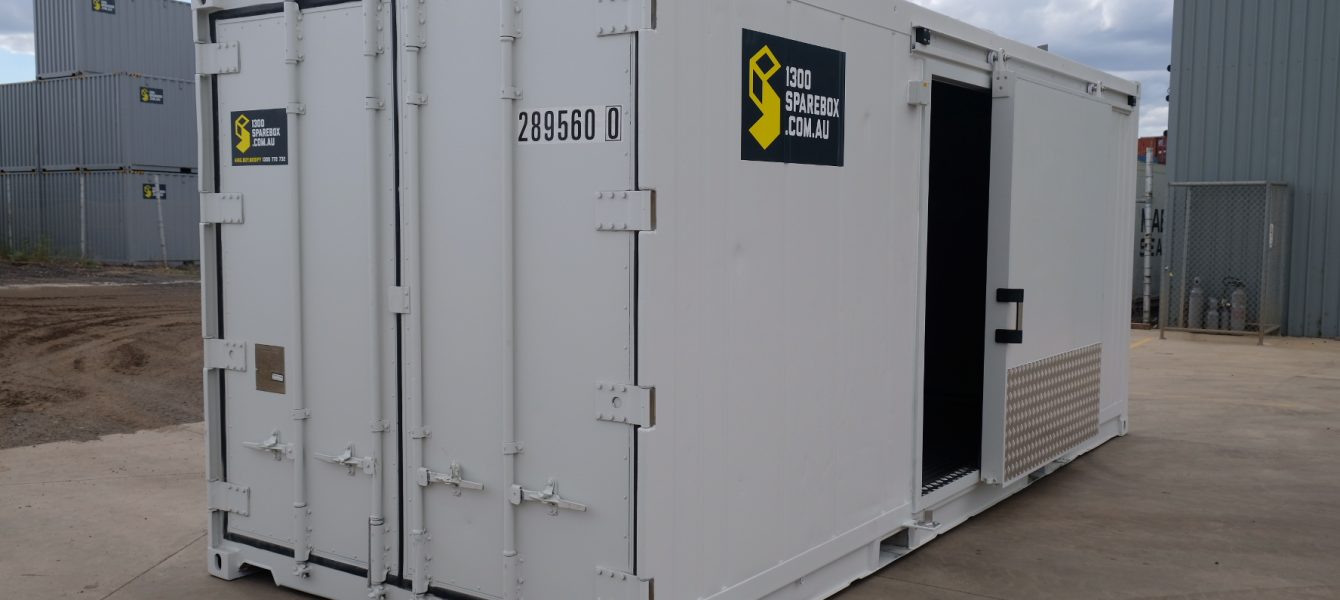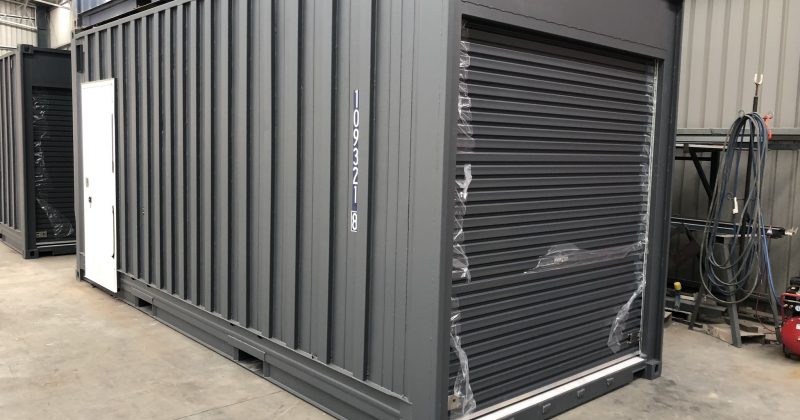Shipping containers (also known as cargo containers or sea freight containers) are everywhere you look. They’re used to move goods internationally. They’re the backbone of our supply chains. They’re even used as houses and office spaces. But how much do shipping containers weigh?
The question sounds simple enough, but there’s a lot more to it than you think. When it comes to choosing the right shipping container, it can be surprisingly difficult if you don’t know where to start, but we make it easy. We carry all sorts of containers of all shapes and sizes, so whether you need a 20ft standard container or a 40ft high cube shipping container – we’ve got you covered! We also provide shipping containers for hire and modified shipping containers.
Let’s take a closer look at the different container weights, dimensions and the factors that influence the weight of shipping containers.
The Tare Weight, the Max Weight and the Payload: Shipping Containers Weights Explained
Understanding the three types of shipping container weights is an important step in choosing the right size or type of container for your needs. Understanding these three numbers will save you a lot of time, money and possible loss of goods when it comes to shipping containers.
- Tare weight: Tare weight is the total weight of an empty shipping container without its internal goods. The concept is quite simple, but its importance cannot be overestimated. Simply put, it allows you to calculate the real weight of the load placed inside a container and find out whether the carrier will accept the cargo for shipment.
- Payload: The payload is the weight of the cargo or ‘payload’ that a container can hold. Payloads are important because they represent the tonnage (or weight) of cargo each container can carry. Whether you’re a business owner or just dealing with shipping, knowing how much payload your shipping container can hold will help you decide what size of shipping container you need.
- Max weight: Max weight is the tare weight plus the payload. The maximum weight of your container is going to indicate how much you can put in it and how much shipping costs you.
Thinking about purchasing a shipping container? For more tips, read our latest article on everything you need to know before buying a shipping container.
Popular Shipping Container Weights & Sizes
How much does a 10 ft. shipping container weigh?
A standard 10 ft. shipping container has a tare weight of approximately 1,300 kgs, and has a payload capacity of about 8,860 kgs, making the max weight about 10,160 kgs. Other related parameters matter too. The dimensions and capacity of 10 ft. shipping containers are listed below:
- External length: 2991 mm
- External width: 2438 mm
- External height: 2591 mm
- Internal length: 2831 mm
- Internal width: 2350 mm
- Internal height: 2390 mm
- Volume: 16 [m3]
How much does a 20 ft. shipping container weigh?
A 20 ft. shipping container has a tare weight of approximately 2,130 kgs, and has a payload capacity of about 28,350 kgs, making the max or laden weight about 30,480 kgs. Our 20 ft. shipping container boasts the following dimensions:
- External length: 6058 mm
- External width: 2438 mm
- External height: 2591 mm
- Internal length: 5900 mm
- Internal width: 2250 mm
- Internal height: 2390 mm
- Volume: 33.2 [m3]

How much does a 40 ft. shipping container weigh?
A 40 ft. shipping container has a tare weight of approximately 3,470 kgs, and has a payload capacity of about 27,010 kgs, making the max or laden weight about 30,480 kgs.
Here are the 40 ft. shipping container dimensions and capacity:
- External length: 12192 mm
- External width: 2438 mm
- External height: 2591 mm
- Internal length: 12032 mm
- Internal width: 2352 mm
- Internal height: 2393 mm
- Volume: 67.7 [m3]
Get in touch for a free quote.
Why Weighing Is Important For Shipping Containers
Prevent Risk of Accidents
Overloaded shipping containers can cause containers to tip over on the ship deck and pose a danger to other units nearby. If a container is overloaded and has not been secured properly, it could end up shifting during transport causing damage to other containers or even compromise the stability of the ship itself.
Reduce Down Time
The ability to accurately measure the weight of a shipping container is essential to both domestic and global logistics. Inaccurate payloads can cause delays in shipping. This time delay can be avoided by measuring the accurate weight of your shipping container prior to loading.
Summary
Shipping containers come in many different shapes and sizes. The weight of a particular container depends on the size and material used in its manufacturing. Visually understanding the weights of shipping containers will help you make better informed decisions when it comes to choosing the right one for you.
If you have a large item to transport, a construction project on the horizon, or need to find the right size storage container for your small business, consider a shipping container. 1300SPAREBOX can help you find the perfect size and material shipping container for your project. Get in touch with our friendly team today.


